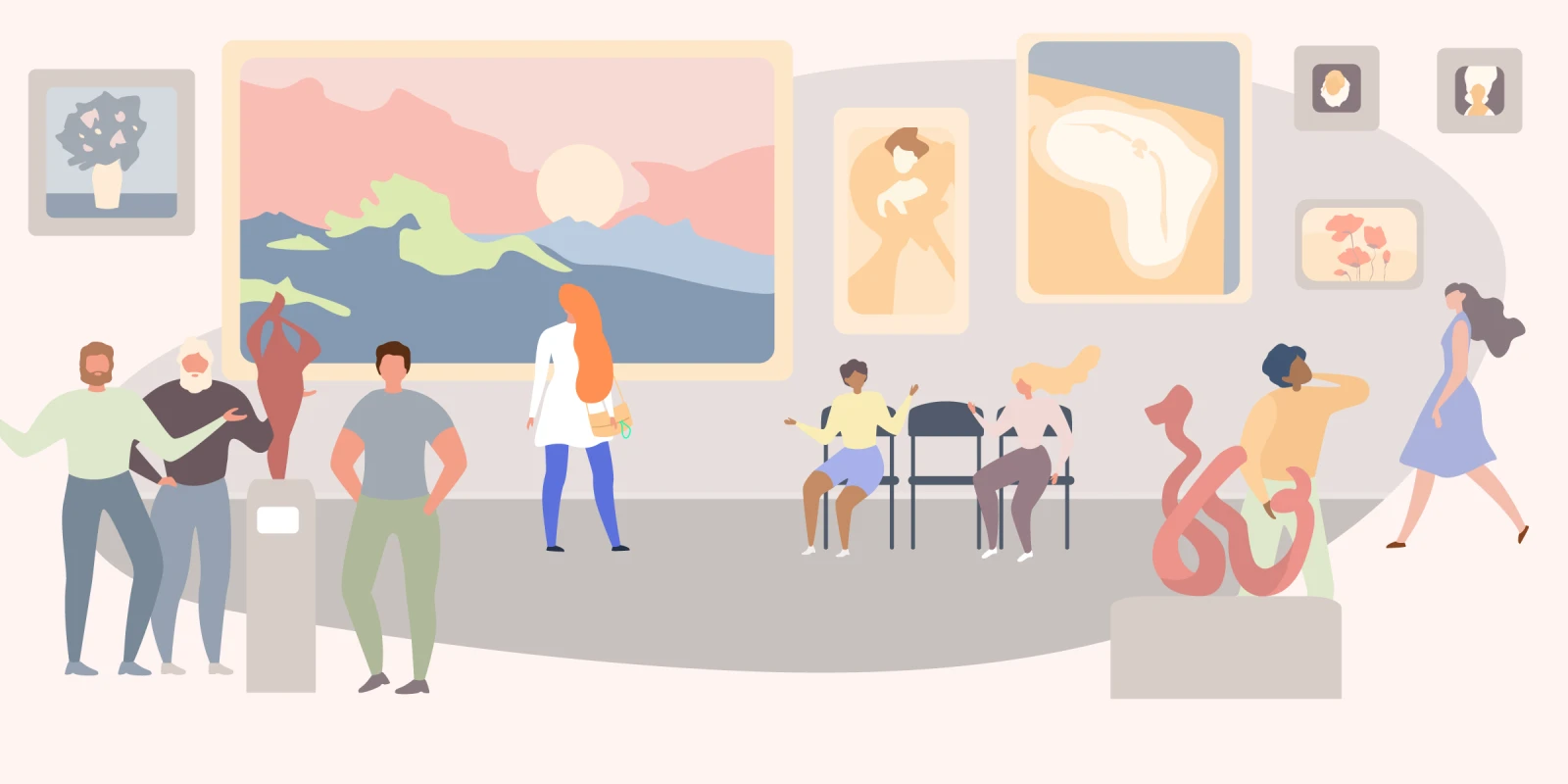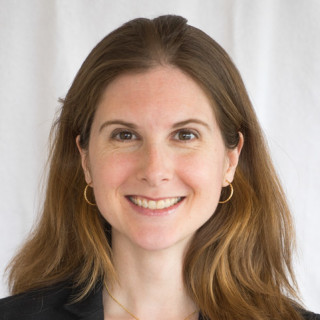Before COVID-19 forced museums to temporarily close their doors to the public, I made a Saturday routine of heading to the Cleveland Museum of Art after I finished rounding at the hospital. I walked the 12-minute stretch between their doors, shedding my ID badge as I went and tucking my stethoscope into the outside pocket of my bag. I planned my route in the galleries — my second set of rounds for the day.
On a typical visit, I might start in the Impressionist wing. I’d take the escalator to the second floor and visit Gustave Caillebotte’s “Portrait of a Man” on one side of the room and Eugène Boudin’s “The Beach at Deauville” on the other. More sky than sand, Boudin’s small vertical composition transports the viewer to a blustery and overcast day in Normandy in the late 19th century. A cluster of cold beachgoers sits next to a bathing tent and an overturned chair as whitecaps crash in the background. Then I’d cross the glass walkway past Rodin statues and finish with J. M. W. Turner’s “The Burning of the Houses of Lords and Commons,” which depicts an actual event from 1834. It’s a terrifying scene made up of great swathes of orange and yellow with larger-than-life flames dominating the composition.
These parallel rounds—the first in the hospital, the second in the museum—have more in common than initially meets the eye. My time at the museum reminds me that looking at art has the power to shape the way we look at patients, teaching us valuable lessons.
Studying art drives home the importance of close observation. Paying careful attention to a composition enables you to recognize patterns you didn’t know were there. Taking a literal step back might bring something new into focus. For example, a Pointillist work such as “Banks of the Oise at Dawn” by Louis Hayet morphs from dots of green, white, blue, and red into a scene of a river with poplar trees reflected in it. Daubs of paint coalesce to form a coherent whole.
Hayet’s painting calls to mind an encounter I had with a new mother who was experiencing postpartum depressive symptoms. She was withdrawn and tearful, meeting my gaze for only a few seconds at a time and volunteering little about herself. At first, I just saw dots and didn't have a good sense of what she was feeling. But after observing her for a prolonged period during our visit, things began to come into focus. I noticed the way she kept fiddling with her bracelet and glancing down at her phone. Her hair was pulled back in a neat ponytail and when she spoke, the words came out softly and rapidly. Together, these details enabled me to piece together a cohesive picture and to design a treatment plan. I realized that she felt ashamed and embarrassed about the thoughts that had been going through her mind and that opening up to me, even in a small way, required an act of courage. I commended her for her willingness to seek care and helped connect her with a therapist.
My museum rounds also highlight how vital it is to consider cultural and historical context. On the surface, Caillebotte’s “Portrait of a Man” is a painting of a well-dressed, mustachioed gentleman looking out his window on a sunny day. We gather from the glimpse of the building across the way that the artist is depicting an urban scene, but aside from that we have few contextual clues. However, the portrait takes on a new meaning if we know that it was painted during a time of tremendous transition in Paris. Old neighborhoods were in the process of being razed, replaced by large, open boulevards designed to thwart riots and barricades. We can still appreciate aspects of Caillebotte’s painting without this knowledge, but our experience is richer with background information.
Similarly, seeing an elderly woman in the ICU acquired a new significance when I learned more about her life outside the hospital. When I met her initially, I focused on the tangle of tubes and lines overwhelming her slight figure propped up in the hospital bed. It was challenging to have a conversation over the din of the beeping. My first impression changed as our conversation shifted to her passion for discussing politics, her love of “South Park,” and her terrier at home. Having this knowledge helps transform a patient in a hospital gown into a person with interests and a family of her own.
More than anything, my afternoons at the art museum underscore the importance of humility. No matter how long I spend studying a particular piece or how much I read about it, I will never know exactly what the artist intended to convey. Nor can I know how the forms and colors will affect me on any given day, or how the lighting will bring out the contours of a sculpture. A work takes on different meanings for different viewers; its significance may change from era to era. In medicine, too, the assessment and plan may shift, and the differential diagnosis may broaden or narrow depending on new information. An illness may alter its course suddenly; an operation may not go according to plan. Embracing this uncertainty is the essence of the art of medicine.
What are your passions outside of medicine? Do they augment your clinical practice? Share in the comments.
Phoebe Prioleau, MD is a first-year child psychiatry fellow in the Post-Pediatric Portal Program at Children’s Hospital of Philadelphia. Prior to fellowship, she completed pediatrics residency at UH Rainbow Babies and Children’s Hospital in Cleveland, OH. She studied French literature and art history before medical school and has published creative work on Doximity's Op-Med platform, The Living Hand, Annals of Internal Medicine, and The Journal of Medical Humanities, among other places. She has no conflicts of interest to disclose. Phoebe was a Doximity 2019–2020 Fellow and is a 2020–2021 Doximity Op-Med Fellow.







